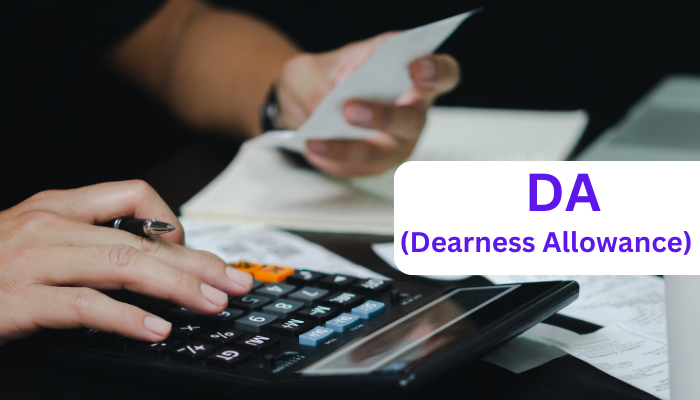Dearness Allowance, or DA, is an extra amount that the government gives to its employees and retired workers to help them keep up with the rising cost of living.
What is Dearness Allowance and Current DA Rate
- DA is like a little extra money that the Indian government gives to its workers and retirees so they can cope with the increasing prices of things. It is not the same for everyone; it depends on where you live – whether it’s in a city, town, or the countryside.
- The government changes the DA rates twice a year, usually in January and July. The recent news says the government increased DA by 4% from January 1, 2023, for central government employees and pensioners.
Different Types of Dearness Allowance
- Variable Dearness Allowance (VAD): This one changes every six months based on the cost of living.
- Industrial Dearness Allowance (IDA): The government gives this to workers in public companies, and it changes every three months based on living costs.
Calculation of DA
Before, it used to be called “Dear Food Allowance,” but now it’s a percentage of the basic salary. It gets added to other things like House Rent Allowance and Conveyance Allowance to make up the total salary.
For Central Government Employees, the calculation looks like this:

For Public Sector Employees:

CPI means Consumer Price Index.
How is DA Treated Under Income Tax?
If you get DA and your employer gives you a rent-free place to live, it becomes part of your salary for tax purposes. You have to tell the tax office about it when you file your tax returns.
Difference Between DA and HRA
DA is to help with living costs, while House Rent Allowance (HRA) helps with renting a place. DA is only for government workers, but HRA is for both government and private workers.
Role of Pay Commissions in DA Calculation
The government has special groups called pay commissions that figure out how much money workers should get. They look at things like DA to decide on fair salaries.
Related Topics:
